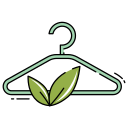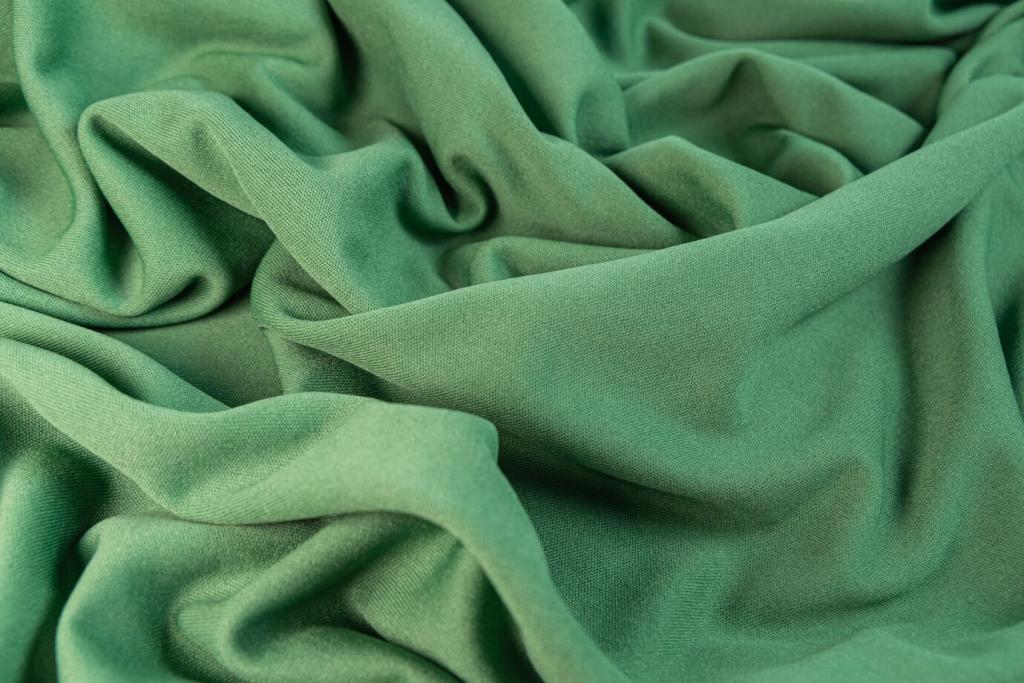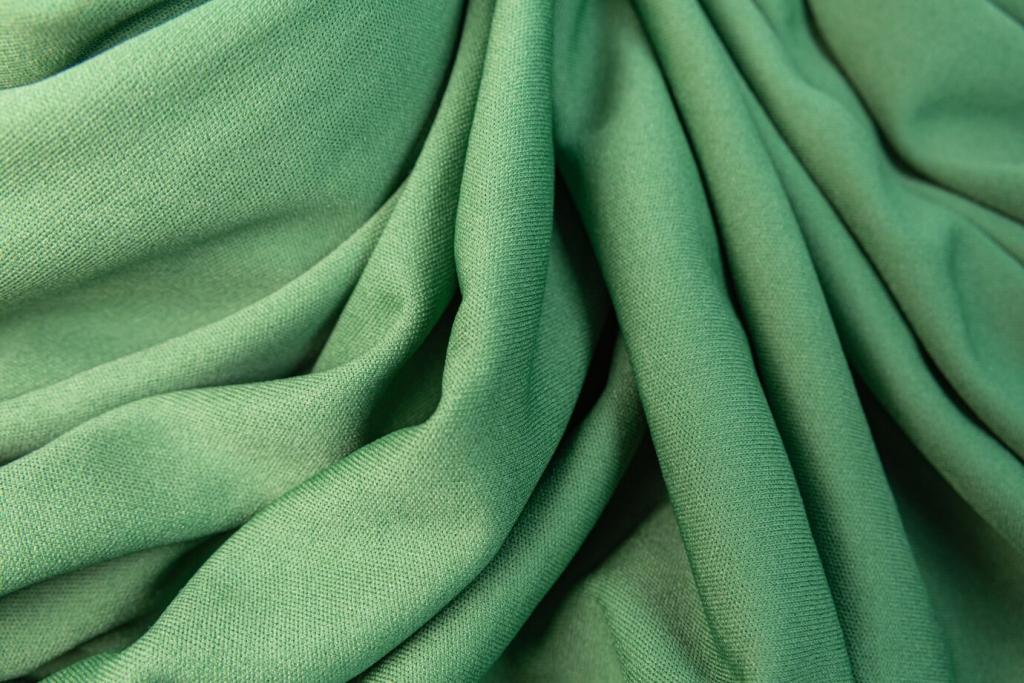Anecdotes from the Field: Small Wins, Big Lessons
A coastal startup swapped polyester tees for a seaweed-cellulose blend that dried fast and resisted odor on paddle trips. Customers loved the ocean connection, and returns dropped. They wrote care notes on the inside hem, inviting wearers to share sunrise photos and washing tips.
Anecdotes from the Field: Small Wins, Big Lessons
A footwear label prototyped mycelium uppers and learned to perforate strategically for breathability. After lab and street tests, they paired bio-based soles and a take-back plan. Early adopters lined up, not for hype, but for proof that future materials could be cool, comfy, and credible.




